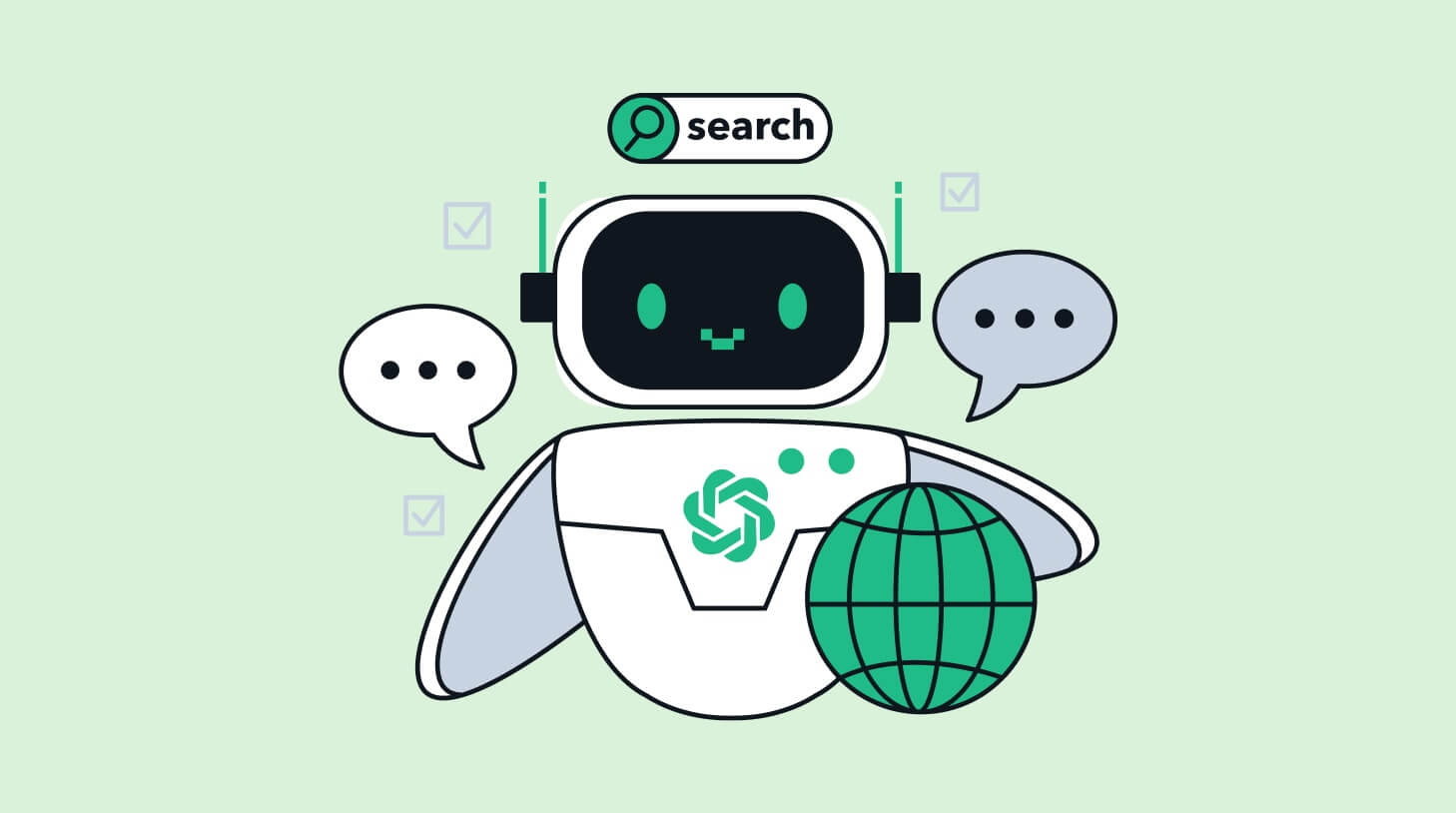AI unleashed: a new hope for learning & development?
Learn how AI integration can transform your Learning & Development by enhancing creativity, content creation, collaboration with subject matter experts, and data-driven insights. Workable's own L&D leader shares how he's doing it and how you can do it too.

Picture this: you’re seated comfortably, your trusty computer aglow, your phone hidden to prevent distraction. Your fingers hover above the keyboard, ready for an avalanche of ideas. Yet nothing comes. I’ve been there, many times!
Cue my digital partners in crime, ChatGPT and Bard, charging to the rescue and banishing the spectre of a creative block. I think of it as having my own AI sidekicks, my very own C-3PO and R2D2, helping me in my L&D work.
Let’s take a look at how Learning & Development at Workable partners with GPT and Bard on a daily basis to improve efficiency and productivity:
Contents
Multi-tools for the L&D arena
Think of AI tools as an ‘ideas machine’. They not only help in creating suggestions for content, scenarios and case studies, but also create informative summaries or head-scratching questions from any content I’ve concocted. I think of it as having another L&D expert on tap, always ready to bounce ideas off.
Yet, my AI assistant’s prowess isn’t merely confined to content ideation. They are my personal compass in the ever-changing world of modern L&D, keeping me in sync with the latest trends. I can assess content or ideas against these latest trends, using the analytical capabilities of GPT or Bard.
[AI tools] are my personal compass in the ever-changing world of modern L&D, keeping me in sync with the latest trends. I can assess content or ideas against these latest trends, using the analytical capabilities of GPT or Bard.
I can then put this into practice. For example, have you got a block of content gathering cyber dust? Feed it to AI. In a heartbeat, it can repurpose it into a crisp, on-trend microlearning session. They say two heads are better than one – well, I argue that your head, plus AI, equals innovation nirvana!
However, I urge caution. GPT and Bard can only provide information publicly available (in other words, from the web) and are prone to bias. For example, GPT’s knowledge currently ends in September 2021, so if you are looking for something very shiny and new, GPT will not know about it.
Bard, on the other hand, is still in development and has access to more recent data, but cannot always provide complete or accurate information.
Master decoder of data
Data, data, everywhere, and not a moment to think! Sound familiar?
In the age of a data explosion in L&D, poring over the plethora to gain an insight can feel like finding a proverbial needle in a haystack. Here, GPT and Bard really come to my rescue. They delve into survey results, feedback and LMS data to unearth trends, learning needs and countless insights quicker than you can say ‘hyper-personalised content’.
Armed with these insights, we can pivot quickly and provide relevant and personalised learning content at speed.
The beauty of AI assistants is their learning appetite – the more data I offer, the better its recommendations become. I’m currently experimenting with feeding in data from meetings and workshops to see if GPT or Bard can assess them and provide learning recommendations. Eventually, they may be able to make predictions about a learner’s response to learning and future behaviour.
Related: Data-driven hiring with ChatGPT: Create an ideal candidate profile
This, of course, will have privacy implications. Using huge amounts of data to track learners’ progress, identify their learning needs, or even make predictions about their future behaviour raises concerns about the privacy of learners’ personal information. Ensuring that learners’ personal data is protected and used ethically is an imperative as we push the boundaries of AI integration.
Around-the-clock partner in content creation
When it comes to sculpting content, AI assistants shine brightly. Offer it a pile of information, (and align it with a trend or theory) give it a nudge, and it’ll concoct an informative and engaging narrative. It’s like a digital sous-chef, capable of creating course structures, scenarios, summaries, and more.
You can then further refine these outputs to carefully craft the content that you need for your learning interventions. Be iterative!
Yes, the AI tools have a few shortcomings – and they are not as funny as C-3PO’s or R2D2’s. They may provide inaccurate or incomplete information, or be biassed towards the most popular trends and theories – but don’t we all have our off days?
A great example of the inherent bias is if you ask GPT to provide anything in a ‘British voice’ – you will get analogies and content relating to tea aplenty. (Cue eye rolls.)
On a more serious note: the potential for AI to harbour bias is a real concern and one that we must continually address. Regular validation of the data and analysis provided by AI tools is crucial to ensure we provide fair and balanced learning opportunities.
The ready-and-raring subject matter expert
Our teams are busy, with competing deadlines and priorities. Experts can’t always dedicate large amounts of time to learning and development initiatives – but that’s OK. Why? Because I have my ever-ready knowledge vault to lean on. My AI assistants are a hugely knowledgeable source for an array of topics. They can supplement our internal experts, making the interactions between L&D and SME’s more efficient, effective and productive.
Think of it another way: in “The Phantom Menace”, C-3PO is able to access and process a vast amount of information about the planet Naboo, including its history, culture, and geography. With AI assistants, you can harness this knowledge and computing power to your advantage.
By using AI in partnership with internal experts, you have a formidable knowledge base at your disposal. Although it’s wise to cross-check your AI’s wisdom. It’s a smart Large Language Model, not a certified genius!
The future is hyper-personalised: ready, set, L&D!
The contemporary workplace demands super-specialised skill sets, many of which were inconceivable just a few years ago. With AI tools capable of recording meetings, analysing keystrokes, scrutinising calls and assessing learning records – the creation of vast amounts of useful data means that complex analysis can take place.
In other words, AI assistants can assess all of this information, in real-time, to provide highly individualised learning experiences. Truly personal learning journeys are within our reach!
I truly believe that the real excitement in the AI-L&D union lies in this large-scale data generation and analysis. More specifically, the ability to feed vast amounts of user data into AI and get out penetrating and relevant individual recommendations for learning. Picture truly personalised learning journeys, bespoke content recommendations and experiences – the holy grail of modern Learning & Development!
True, AI will never fully replace the human touch, and it might not yet fully grasp the nuances of context (for instance, it may hastily suggest somebody needs a DEI course after a few gruelling meetings), yet it undoubtedly brings cost-effectiveness, efficiency and scalability to the process.
The challenge, though, lies in harnessing AI to produce the hyper-personalised content needed for these super-specialised skill sets required now and in the future of work. This is something I am electrified to be working on at the moment, so watch this space!
Frequently asked questions
- How does AI enhance content creation in L&D?
- AI tools can quickly generate ideas, adapt existing material into various forms or trends, create engaging narratives that cater to different learner needs.
- What role do GPT and Bard play in analyzing data in L&D?
- These powerful AI assistants help digest vast amounts of survey results, feedback and LMS data to uncover trends and valuable insights critical to learning strategy development.
- Are there concerns regarding biases within these AI models?
- Yes. Both GPT and Bard have demonstrated context-specific biases. Regular validation of their output is crucial in maintaining fair and balanced learning opportunities.
- Can we trust recommendations provided by GPT or Bard on any topic?
- While they are impressively knowledgeable resources on many subjects, it's vital to cross-check their outputs before fully relying on them as substandards may at times display among some solutions/outputs provided
- Will AI replace human involvement completely in L&D initiatives?
- No - while it offers immense benefits like cost-effectiveness & scalability, AI lacks full grasp over context nuances & wont fully be able replace humans.



